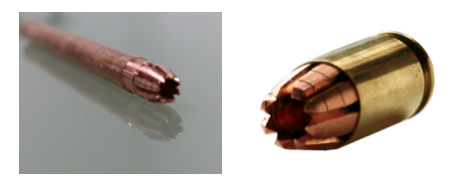
At what point do we say any ammunition is too dangerous? The purpose of a defensive bullet is to stop the threat. The only way to accomplish this is with a projectile to destroy tissue. Full metal jacket projectiles do this by punching holes in them, hollow point projectiles do this by destroying tissue as they expand. The more the projectile fragments, the more separate wound channels are made, thus more tissue is destroyed with an end result in stopping the threat, with some projectiles doing this better than others. For an example, the evil flesh seeking Black Talon, when the projectile is opening, the barbs on the projectile grab a hold of flesh, tearing it; where a projectile, without the talons, may push rearward on the tissue, sliding by organs rather than destroying.
Anyone who has studied the theory and application of ballistics would know that there is no magic bullet. There is no magic caliber either. I spent nearly a decade as a forensic firearms and toolmark examiner and have seen hundreds, if not thousands of projectile recovered from victims. And very rarely were these projectiles hollow points. More than not, they were the cheapest full metal jacket rounds available. Most of the hollow point ammunition were projectiles from law enforcement firearms. Interestingly enough, you would be surprised how often the projectile do not open up as designed.
There are many factors. This includes initial barriers such as glass, wood, drywall, and most importantly, clothing. Hollow point projectiles can become clogged with clothing (cotton, denim, polyester, etc….), which will prevent them from opening. Also, depending on the density of the tissue the bullet strikes. Harder muscle and bones, for instance, can affect the opening of a projectile. While a straight soft tissue hit can open projectiles up as designed. It would not be uncommon at all to have multiple shots in a body and have only 20% of the projectile actually mushroom as designed, due to all of these potential variables. With that being said, some believe in the single projectile, which retains all of its weight and expands nearly double its diameter, as the way to go; where others believe in fragmentation. I will leave that up to the individual to decide. However, from the standpoint of physiology, the more tissue destroyed the more apt you are to stop an attacker.
"Like LeHigh Defense, the design has features that are precision machined from a solid copper bar. These machined geometries create weaker cross sections that fail or fracture predictably under certain loads. Where we differ is that our machined features are not just engineered to create weak points in the structure. Geometry is the key variable in the concept of this technology. The trocars and other machined features play a significant role in barrier penetration and where the energy is dissipated.
As mentioned earlier, there is a moment in time, in which, this piercing action transfers from one medium to the next with less resistance thus retaining energy in the form of velocity. Through hard, semi-hard and soft mediums, the projectiles performance is optimized by the result of how the geometry is presented relative to its direction of travel. It is evident in hard barrier testing, like sheet metal, that the punctured hole is cleaner, and if the sheet metal is unconstrained you can observe that it falls over like a domino instead of being knocked down. What is happening here is the barrier is being defeated with less energy loss.
The 45-degree auto glass test shows trajectory being retained as a result of this application of technology. In fact, in the real world, the angles of presentation are quite compounded and variable as is the resistance at point of impact of that medium. To better explain in a real-world defense situation, a law enforcement officer may not stand directly in front of the vehicle that is trying to run them over, especially if given the opportunity to move. Different makes of vehicles yield a lottery of curvature and geometrical differences. If the vector of shot places the trajectories path intersecting the surface of the windshield closer to the corners, verses the center, this can make a difference in resistance too. With G2 Research's design there is a broader range of angles where the round maintains trajectory. Your more conventional projectile shape shows a higher propensity to glance as its rounded nose is presented to these types of obstacles at lesser angles. To incapacitate the threat, you must hit it, and under distress shooting, as described, shot placement will be compromised enough.
The heavy clothing test defined by the FBI is four layers of heavy denim. What we test for here is that the round will penetrate this barrier and still perform its expansion or fracture (depending on the product) through this medium. During our development, we found that our design would very consistently perform this requirement. So, our team decided to amp the test up a little to see where we drop off in performance. The results compared to other rounds were quite amazing to us and again evident that we were on to something. The large cavity along with the other geometries mentioned work together to prevent clogging that would otherwise impede its performance. The results, by the way, were 12 plus layers. Again, in real world scenarios it's not impractical to create the equivalent of more than 4 layers of denim especially in colder climates.
Once the round has entered soft tissue targets, the geometry is still working for us. Another difference that exists between us and some other machined solid copper projectiles is that the cuts along the axis of the projectile do not go into the hollow point. An increased rate of radial pressure built from fluid or tissue is a result of the reduced deceleration at impact, mentioned earlier. These hydrostatic forces are contained inside the cylinder until the hoop strength of the material fails. When the failure along the axis occurs, it is quite mechanically explosive. Each petal inside the soft target will carry its wave of energy after they've fractured and traveled along their predictable paths. This conical disbursement of 8 trocars are approximately 60 degrees of included angle, each of the 8 trocars path along that 60-degree conical are an approximate radial increment of 45 degrees. This creates a wave of energy that is very easy to witness in the slow-motion segments of the gel shots. Other than the temporary wound cavity, resulting from these now individual projectiles energy push. Their shape is designed to slice through muscle tissue, arteries and organs with less resistance. Our 8-petal vs 3 petals increase the probability of one of those fragments compromising a vital thus increasing odds of incapacitation per shot by a factor of 2.66, especially if shot placement isn't perfect under a distress real world self-defense situation.
We all play by the same rules and constraints: SAAMI Spec for loading of OAL, Diameters and Pressures; materials available, choices in brass, primer and powder technologies. What this has done is created a seesaw between Mass and Velocity as many manufactures have juggled those two variables to achieve similar results of the predicate. With this new and radical approach to geometry, G2 Research has introduced a new variable that allows the energy to be put more where it is intended."
The research and development at G2 is continuously on going and geared for new products. The RIP projectile was more than a year in development. There are five owners of G2. The designers come from many different occupations, including firearms sales, medical devise manufacturing, artists, large scale machines and manufacturing. Out of the five owners of G2, two have a military background.
Manufacturing starts off with a single copper bar, which is 12 feet long. Depending on the caliber, G2 gets 147 to 238 projectiles. The CNC machine manufactures a projectile from the end of the copper bar. Each projectile takes about 20 to 50 seconds to manufacture depending upon the caliber. That round is cut at the base, falls in a bucket and the next projectile is made. The process continues until the bar is used up.
G2 builds the components to adapt their machines to load the G2 projectiles. G2 has a very strict quality control and testing policies in place for anything loaded by their vendors. G2 outsources brass, powder and primers. All the ammunition is subjected to SAAMI specifications. The accuracy requirement is 2 inches at 25 yards. These are not designed for target shooting or match accuracy. They are designed as an up-close protection round. Currently, G2 offers the RIP projectile in calibers 380 Auto, 9x19mm, 357 Sig, .40 cal and 45 Auto. Samples of 380 Auto, 9mm, 40 and 45 Auto were provided to me for test and evaluation. There were 4 gel blocks made up to FMI standards. The gel blocks were calibrated with a BB fired at 589 feet per second.
All rounds fired performed as advertised. All trocars broke off in a radial pattern creating multiple wound channels. Gel is not an absolute when it comes to testing. It only takes into account the simulation of soft tissue. It does not take into account the density of muscle and harder tissues found in various organs or bone. I was limited on gel blocks, so it was not possible to test for the other variables. Based on the gel testing, the projectile does appear to be extremely effective. Depending on the caliber there is 7 to 9 separate wound channels. This drastically increases the chance of hitting a vital organ with a single shot and stopping the target as opposed to a single projectile.
Not unlike Winchester, G2 has received bad press for making an evil devastating projectile:
"There are people that make claims that we are the most destructive ammo ever developed and we should all burn in hell for creating such a thing. The other side says that the ammo is a gimmick round that has absolutely no power for defensive and we should burn in hell for our marketing. The people who actually test the ammo for themselves realize that we are an incremental step in the evolution of modern ammunition and we will continue to research and develop its evolution. We believe that at this stage, many people are trying new forms of defense with lead free projectiles and, so far, no one has created a round that we would be scared to carry in our own guns. We believe our round is more efficient in certain aspects of its life cycle, and in the arena of self-defense, any advantage is a good advantage." Chris Nix, G2.
The RIP lines of ammunition are certainly a new take on ammunition. With a high MSRP ranging from $49.99 to $59.99, you will not be target shooting with it. This will go in the magazine of your personal defense handgun or rifle. Only time will tell how effective this is on an assailant. But from a concept, execution and testing, it appears as this will take its place alongside other well established personal defense rounds.
* If you'd like to support Small Arms Solutions, you can join our Patreon at patreon.com/smallarmssolutions. We also accept donations via Venmo - any amount sent to address [email protected] - or to our PO Box at PO Box 90353, Houston, Texas 77290. Or making purchases with any of the links available on our site gives us a commission. Thank you for your support!
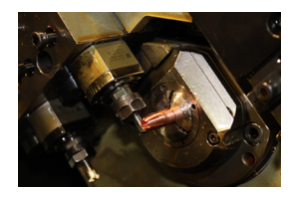
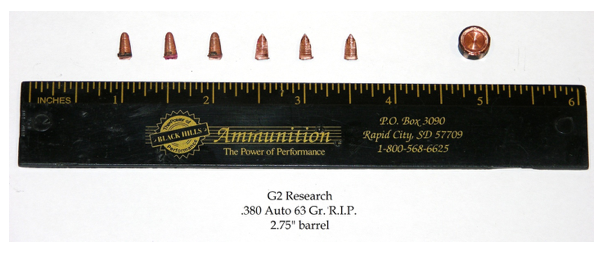
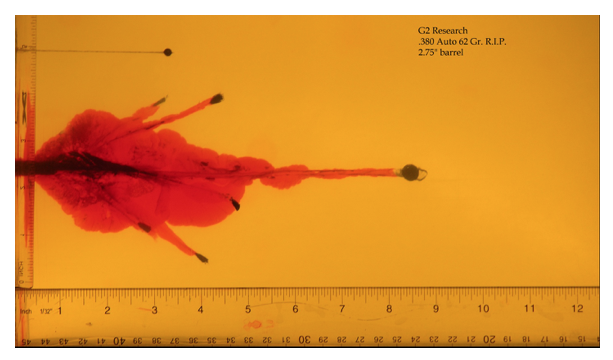
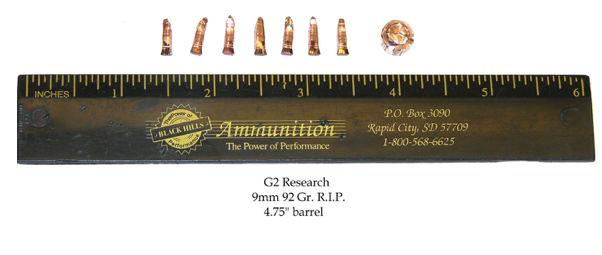
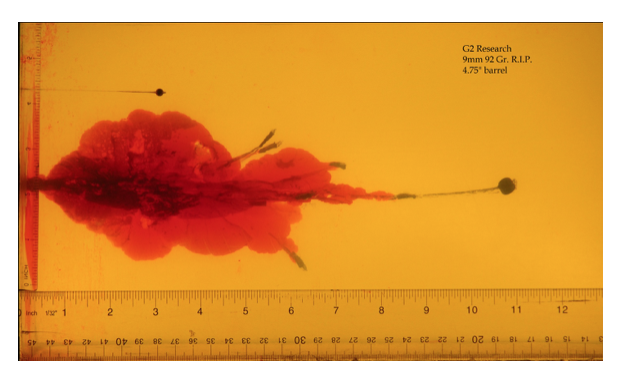
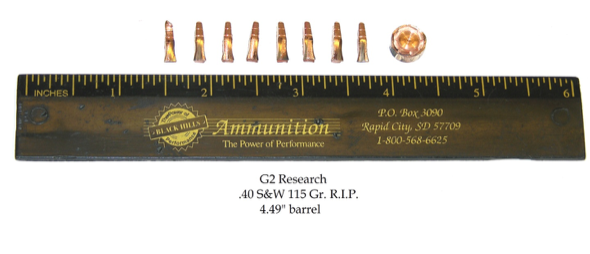
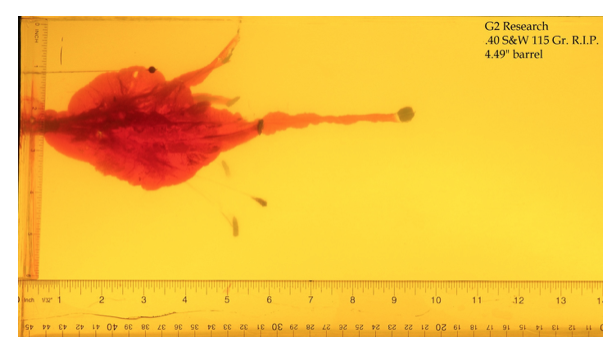
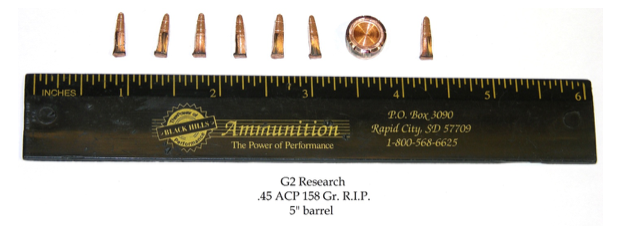
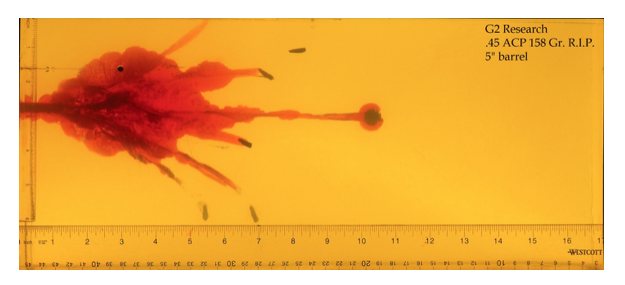
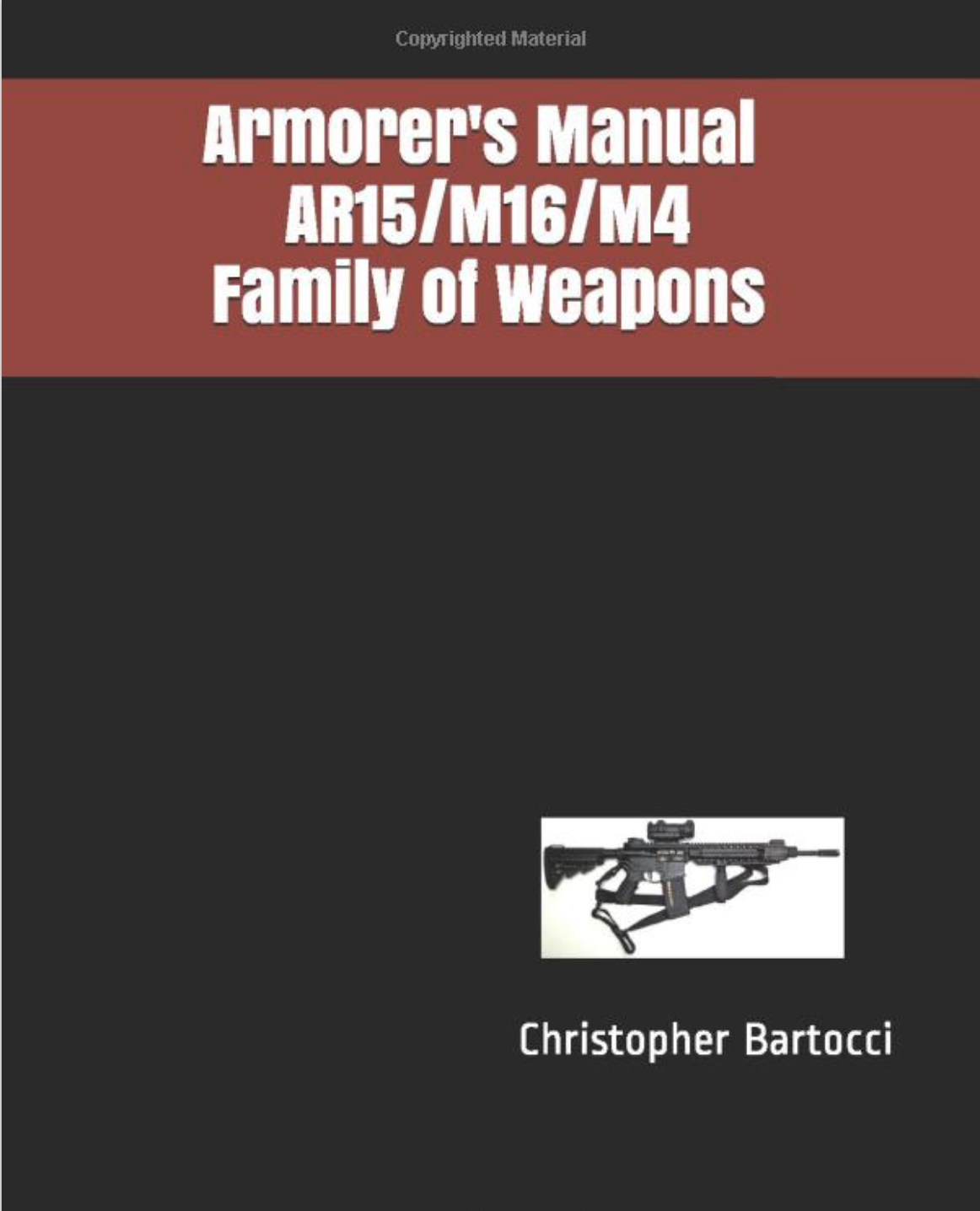
 RSS Feed
RSS Feed